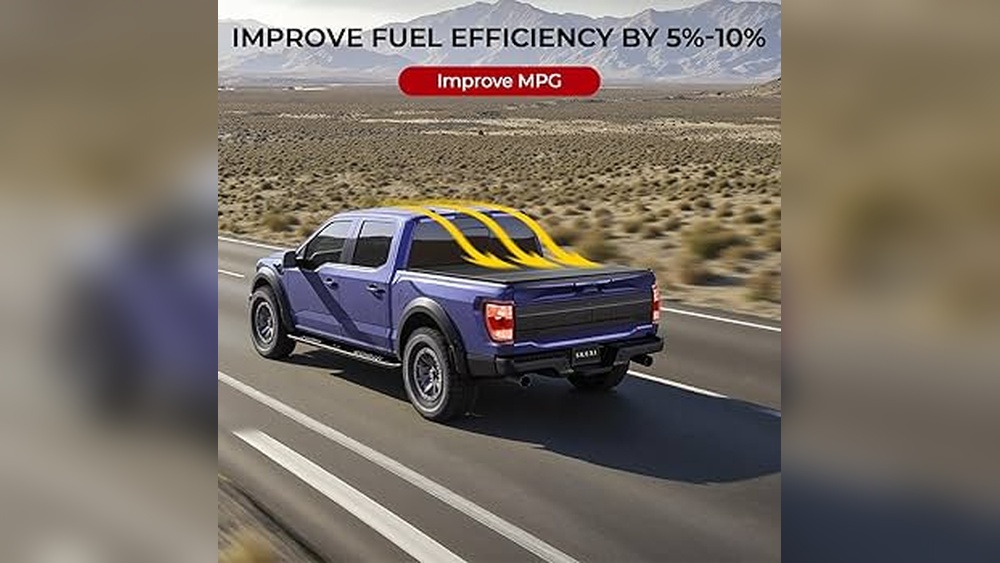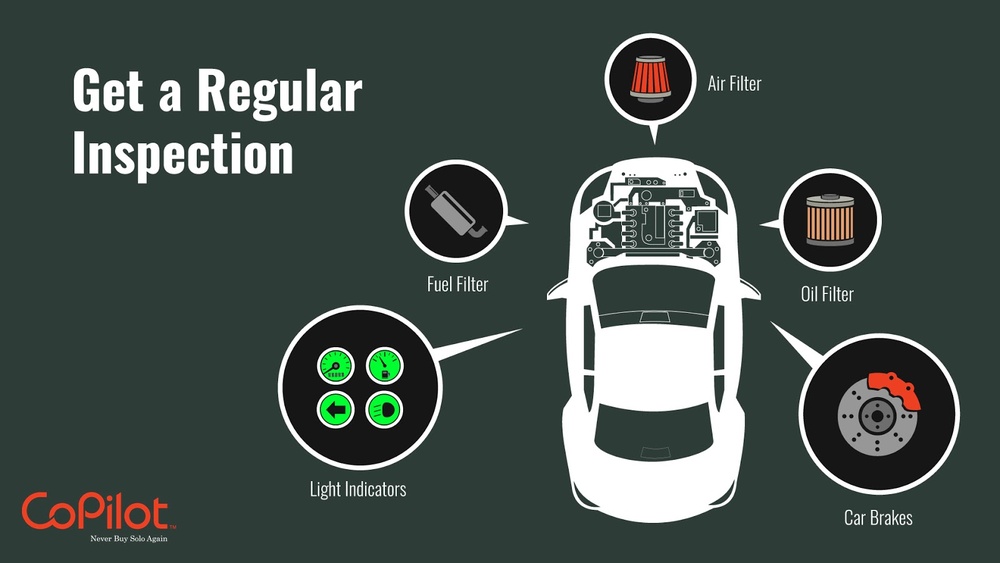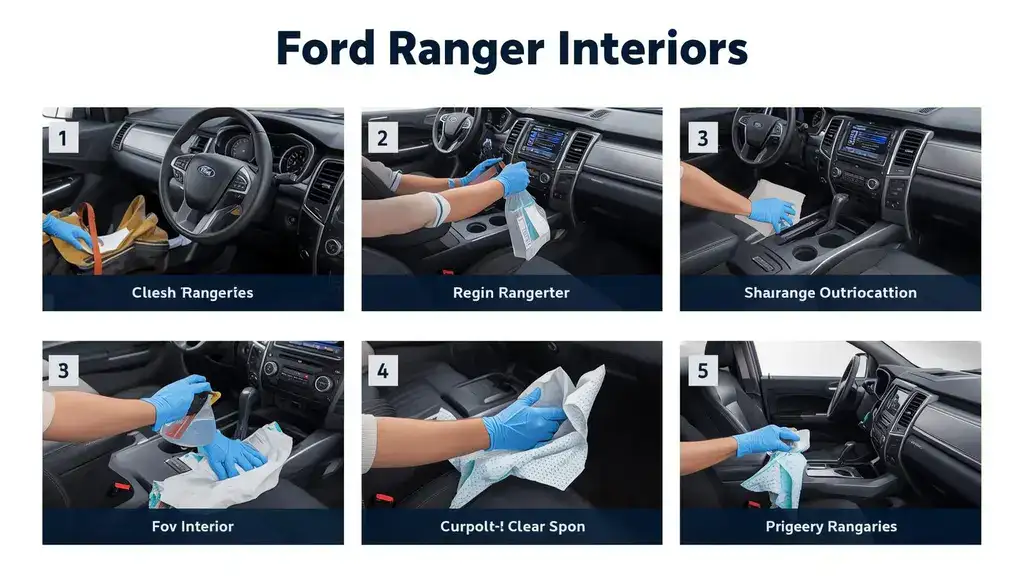Ready to take your Ford Ranger off the beaten path but not sure where to start? Off-road driving can be thrilling, but it also demands the right skills to keep you safe and your truck in great shape.
Whether you’re new to the dirt trails or want to avoid common mistakes, this guide is made just for you. You’ll discover simple, practical tips that will boost your confidence and help you conquer rough terrain with ease. Keep reading, and get ready to turn your Ford Ranger into the ultimate off-road machine.
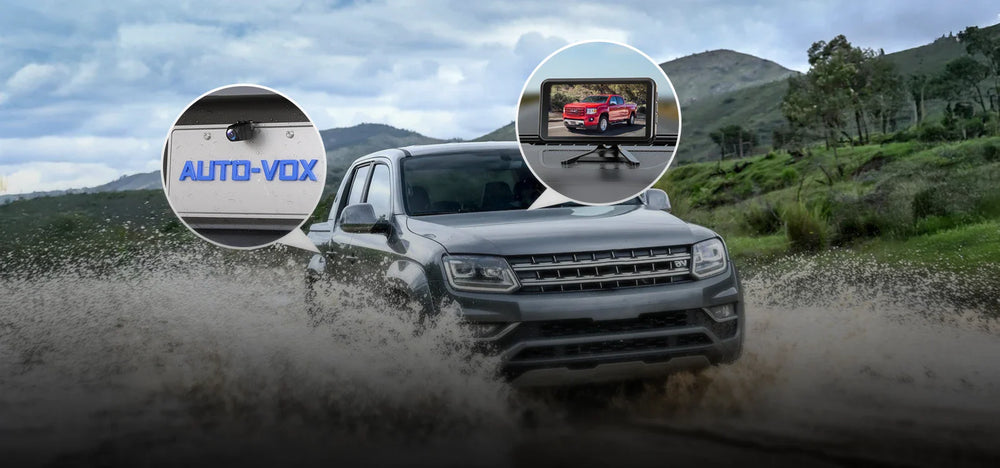
Credit: www.auto-vox.com
Preparing Your Ford Ranger
Preparing your Ford Ranger for off-road driving is key to a safe trip. This process ensures your vehicle can handle tough trails and rough terrain. Taking time to prepare helps avoid breakdowns and accidents.
Check your truck thoroughly before hitting the trail. Upgrade parts that improve performance. Pack the right gear to face any challenge on the road.
Essential Vehicle Checks
Start with a full inspection of your Ford Ranger. Check fluid levels like oil, coolant, and brake fluid. Inspect brakes for wear and tear. Test all lights and signals. Look for leaks or damage under the vehicle. Tighten loose bolts and screws. Make sure the battery is fully charged. Check the air filter for dirt. Proper maintenance prevents issues during off-road drives.
Upgrading Tires And Suspension
Tires and suspension make a big difference off-road. Choose tires with deep tread for better grip. Larger tires help clear obstacles and improve ground clearance. Upgrade suspension parts for smoother rides on rough trails. Strong shocks and springs protect your truck and passengers. These upgrades improve control and safety on uneven surfaces.
Packing Off-road Gear
Bring essential tools and supplies for emergencies. Include a tire repair kit and air compressor. Carry a tow strap and a shovel. Pack extra fuel and water. A first aid kit is important for injuries. Use a backpack or storage box to keep gear organized. Being prepared reduces risks and helps solve problems fast.
Basic Off-road Techniques
Basic off-road techniques help new Ford Ranger drivers handle rough terrain safely. These skills improve control and reduce the risk of getting stuck or damaging your vehicle. Learning simple methods lets you enjoy off-roading with confidence. Focus on key areas like throttle control, steering, and using low range gears.
Proper Throttle Control
Throttle control means using the gas pedal carefully. Press it slowly to avoid spinning the wheels. Smooth acceleration helps maintain traction on loose surfaces like dirt or sand. Sudden gas can cause slipping and loss of control. Keep your foot steady and gentle to move steadily over obstacles.
Effective Steering Methods
Steering off-road requires soft and steady movements. Sharp turns can make the truck slide or get stuck. Look ahead to choose the best path. Turn the wheel slowly to follow the terrain’s shape. Small corrections keep the Ranger balanced and on track. Avoid sudden jerks or oversteering.
Using Low Range Gears
Low range gears give extra power and control on steep or rough trails. Switch to low range before climbing hills or crossing rocks. This setting reduces speed but increases torque. It helps the truck move slowly without stalling. Use low range to keep a steady pace in tough spots.
Handling Different Terrains
Handling different terrains is key for off-road driving with your Ford Ranger. Each surface demands a unique approach to keep control and avoid damage. Understanding how to adjust your driving style helps you tackle mud, rocks, water, and sand safely.
Practice patience and stay calm. Slow and steady wins the race on rough paths. Use the right gear and watch your speed closely. This way, you protect your vehicle and enjoy the adventure.
Driving On Mud And Dirt
Mud can be slippery and tricky. Lower your tire pressure to increase grip. Use a low gear to keep steady power. Avoid sudden moves that can cause wheels to spin. Drive straight and follow existing tracks if possible.
On dirt roads, watch for loose gravel. Keep a firm grip on the steering wheel. Slow down before turns and avoid sharp braking. Dirt can hide holes and bumps. Scan the path ahead carefully.
Navigating Rocky Trails
Rocky trails test your vehicle’s suspension and clearance. Choose slow and steady speed. Pick your path carefully to avoid big rocks. Use your Ford Ranger’s four-wheel drive for better traction.
Keep your tires on solid ground. Avoid sharp edges that can puncture tires. Use a spotter if possible to guide you through tough spots. Take your time; rushing can cause damage.
Crossing Water And Sand
Water crossings need caution. Check the depth before entering. Drive slowly and steadily to avoid splashing water into the engine. Keep momentum but don’t rush. Dry your brakes afterward by gently applying them.
Sand can make your tires sink. Lower tire pressure for better floatation. Use a higher gear to avoid wheel spin. Steer smoothly and don’t stop suddenly. If stuck, avoid spinning tires and try rocking the vehicle gently.
Safety Tips For Off-roading
Safety plays a big role in off-road driving. It protects you and your Ford Ranger. Following safety tips reduces risks. It helps you enjoy the adventure without troubles.
Off-roading can be rough on vehicles and drivers. Careful driving keeps your truck steady. Awareness of hazards keeps you out of danger. Being ready for emergencies saves time and stress.
Maintaining Vehicle Stability
Drive slowly over rough or uneven surfaces. Sudden moves can tip your vehicle. Keep your tires properly inflated for better grip. Use low gear when climbing steep hills. Avoid sharp turns on loose ground. This prevents your Ford Ranger from rolling over.
Avoiding Common Hazards
Watch out for rocks, holes, and tree roots. These can damage your tires or suspension. Stay clear of deep water or mud. It may stall your engine or trap your truck. Look ahead to plan your path carefully. Avoid driving on steep slopes sideways. This keeps your vehicle balanced and safe.
Emergency Preparedness
Carry a first aid kit and basic tools. Bring extra food, water, and warm clothes. Have a charged phone and GPS device. Know how to use a tow strap or winch. Tell someone your route and expected return time. This helps if you get stuck or lost.
Recovery Techniques
Off-road driving can be challenging for Ford Ranger beginners. Stuck wheels and rough terrain can stop your adventure fast. Recovery techniques help you get back on track. Knowing how to use tools and act safely is key. This section covers simple, effective ways to recover your vehicle.
Using Winches And Tow Straps
Winches and tow straps are useful tools for recovery. A winch pulls your truck out of mud or sand. Attach the winch cable to a strong anchor point like a tree. Use a tree saver strap to protect the tree. Pull slowly and steady to avoid damage.
Tow straps connect two vehicles for pulling. Choose a strap with the right strength rating. Hook the strap to the proper recovery points on both vehicles. Avoid using bumpers or weak parts. Communicate clearly with the driver of the other vehicle.
Getting Unstuck Safely
Stay calm if your Ford Ranger gets stuck. Avoid spinning your wheels hard; it can dig deeper. Clear rocks or debris from around the tires. Use traction mats or boards under the wheels for grip. Lower tire pressure slightly to increase surface area. Push or pull gently with another vehicle if possible.
Always check the ground before stepping out. Slopes or unstable surfaces can be dangerous. Keep bystanders at a safe distance during recovery.
Calling For Help
Sometimes, recovery tools won’t be enough. Know how to call for help in remote areas. Carry a charged mobile phone or satellite communicator. Share your location with someone before heading out.
Describe your situation clearly when asking for help. Stay near your vehicle until help arrives. Avoid wandering off in unfamiliar terrain.

Credit: www.youtube.com
Improving Off-road Skills
Improving your off-road driving skills is key to enjoying your Ford Ranger fully. Off-road driving can be tough at first. Practice and learning help you drive safely and confidently. Building skills takes time and effort. Start slow and keep going.
Practicing Regularly
Practice makes driving easier and safer. Try different terrains, like mud, rocks, and sand. Each surface teaches new challenges. Spend time driving in quiet places. This builds your control and comfort with the vehicle.
Learning From Experienced Drivers
Watch and listen to drivers who know off-road well. They share tips you won’t find in books. Notice how they handle rough spots and steep hills. Ask questions about their driving habits. Their advice can save you trouble and help you learn faster.
Joining Off-road Communities
Join groups of off-road drivers near you. These communities offer support and advice. They often organize trips where you can practice together. You gain confidence and meet friends who share your interest. Learning in a group is fun and effective.
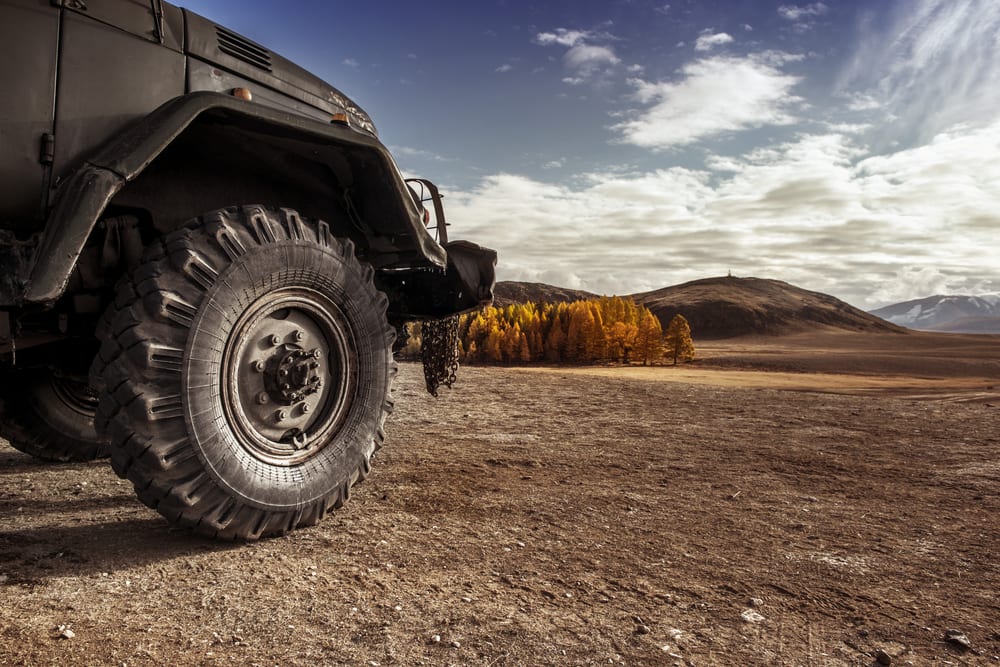
Credit: www.yourmechanic.com
Frequently Asked Questions
What Are Essential Off-road Tips For Ford Ranger Beginners?
Start slow and learn your vehicle’s capabilities. Use low gears and maintain steady throttle. Avoid sudden braking and sharp turns. Always check tire pressure and carry recovery gear. Practice on easy trails before tackling challenging terrain.
How To Prepare A Ford Ranger For Off-road Driving?
Inspect tires, brakes, and fluids before trips. Equip with all-terrain tires and skid plates if possible. Lower tire pressure for better traction. Ensure 4WD system is working. Carry essential tools and emergency supplies for safety.
Which Ford Ranger Features Help Off-road Beginners?
Ford Ranger’s Terrain Management System adjusts for different surfaces. The Trail Control aids in low-speed off-road driving. It offers good ground clearance and a durable suspension. These features improve control and safety for new off-roaders.
How To Drive Safely On Rocky Trails With A Ford Ranger?
Drive slowly and choose your path carefully. Use a spotter if available to guide wheel placement. Avoid sudden acceleration or braking. Keep tires on high points to prevent undercarriage damage. Stay calm and focused throughout the trail.
Conclusion
Off-road driving with your Ford Ranger can be fun and safe. Start slow and know your vehicle’s limits. Use the tips to handle rough paths confidently. Always check the weather and terrain before heading out. Carry essential tools and stay alert during the drive.
Practice these habits to enjoy every trip more. Stay careful, and your off-road adventures will be great. Keep learning and exploring new trails with confidence. Your Ford Ranger is ready for the challenge. Drive smart, stay safe, and enjoy the journey ahead.
Disclosure: As an Amazon Associate, I may earn from qualifying purchases at no extra cost to you. Amazon and the Amazon logo are trademarks of Amazon.com, Inc, or its affiliates.
- Amazon, Amazon Prime, the Amazon logo and Amazon Prime logo are trademarks of Amazon. com, Inc. or its affiliates.

I am Sadman, the founder of CarSensorHub.com, where I share my passion for cars and technology. I specialize in writing detailed reviews and helpful guides on car gadgets, accessories, safety tools and many more. My mission is to help car owners discover the best products and tips to improve their driving experience and stay safe on the road.

